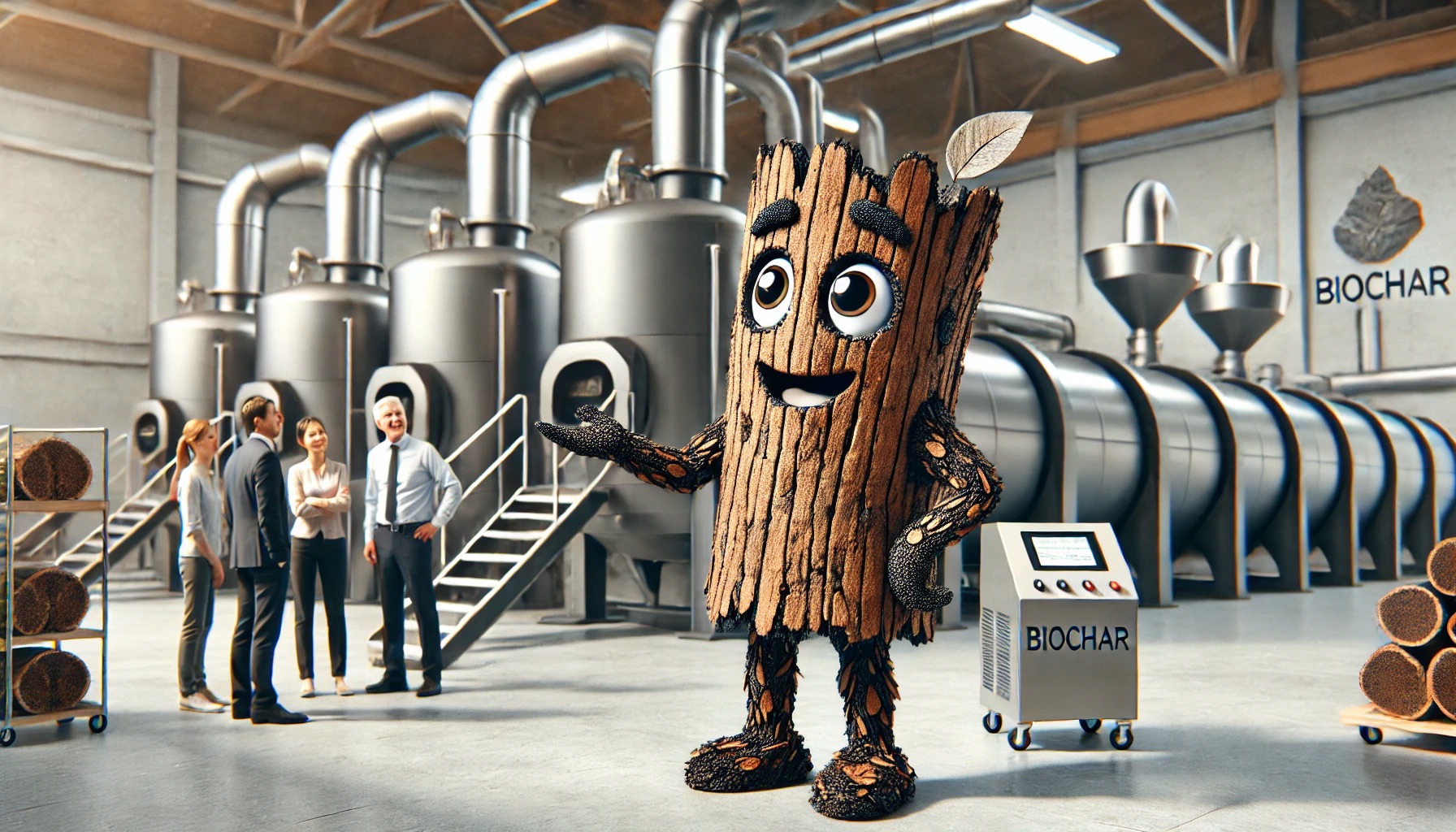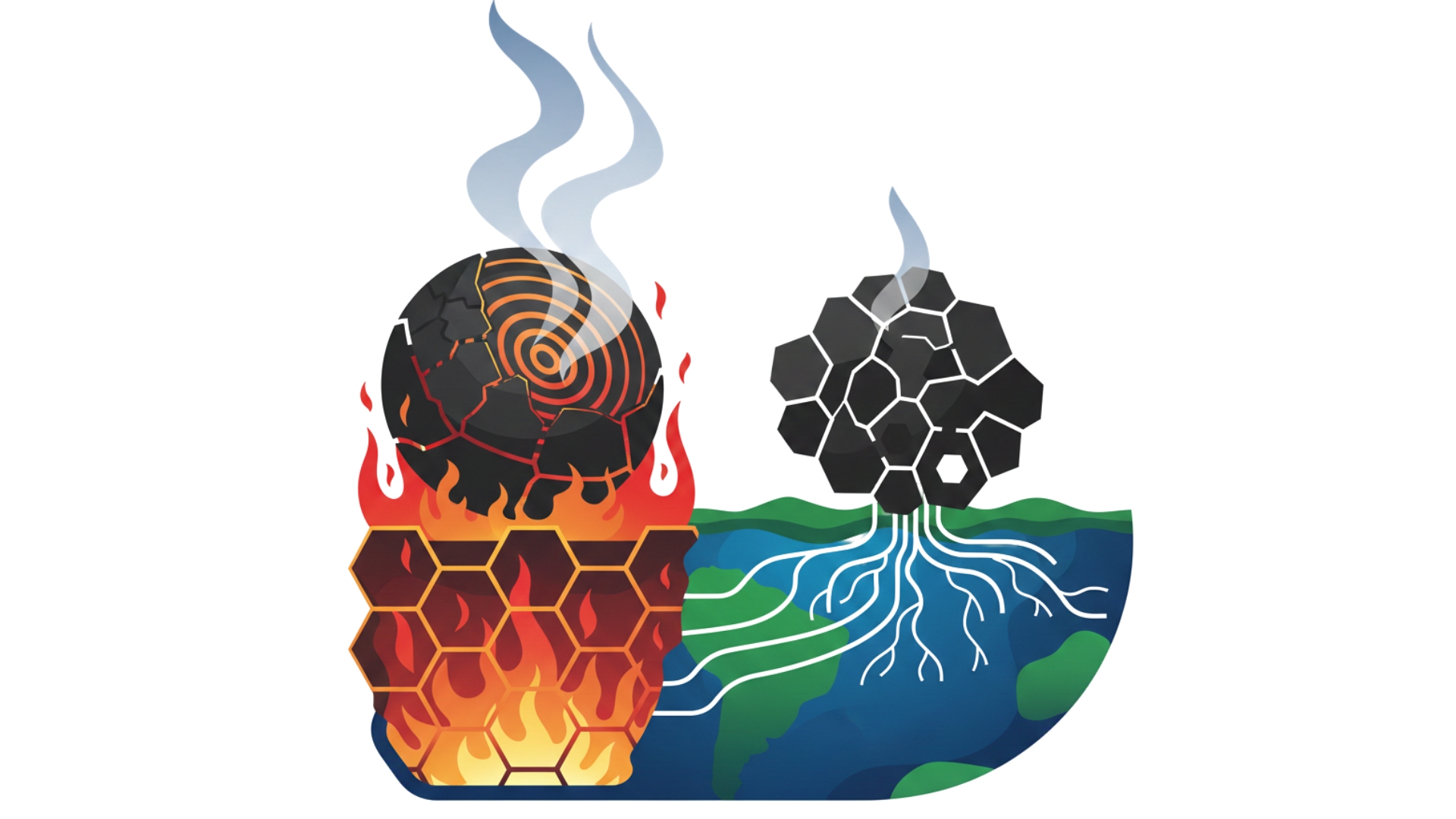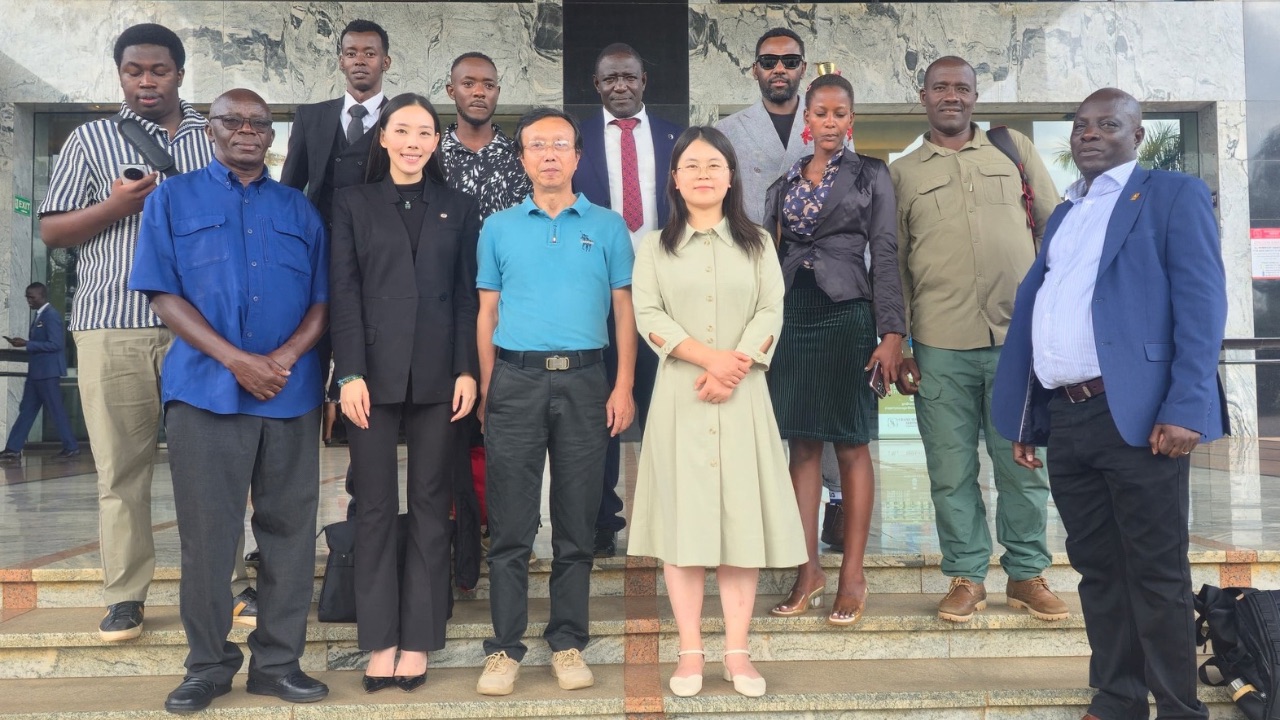Fambri G., Lombardi G., Badami M., Chiaramonti D., 2024, Energy Assessment of a Slow PyrolysisPyrolysis is a thermochemical process that converts waste biomass into bio-char, bio-oil, and pyro-gas. It offers significant advantages in waste valorization, turning low-value materials into economically valuable resources. Its versatility allows for tailored products based on operational conditions, presenting itself as a cost-effective and efficient More Plant for BiocharBiochar is a carbon-rich material created from biomass decomposition in low-oxygen conditions. It has important applications in environmental remediation, soil improvement, agriculture, carbon sequestration, energy storage, and sustainable materials, promoting efficiency and reducing waste in various contexts while addressing climate change challenges. More
and Heat Cogeneration, Chemical Engineering Transactions, 109, 571-576 DOI:10.3303/CET24109096
A recent study presents an energy assessment model for a biomass-based biochar production plant utilizing slow pyrolysis. This technology is notable for its potential to achieve negative carbon emissions. The model evaluates a plant that processes lignocellulosic biomassBiomass is a complex biological organic or non-organic solid product derived from living or recently living organism and available naturally. Various types of wastes such as animal manure, waste paper, sludge and many industrial wastes are also treated as biomass because like natural biomass these More, factoring in the biomass’s moisture content, drying, pyrolysis temperature, and characteristics.
The analysis shows that about 16% of the chemical energy from the biomass can be recovered as useful heat, a secondary but significant output for sustainability. This heat recovery is essential for assessing the environmental impact and efficiency of biochar production. The model’s detailed approach identifies energy losses at various stages: the biomass dryer, pyrolyser, and burner. It also highlights the significant heat recovery potential during the process.
The study underscores the importance of biochar systems as carbon-negative solutions and their broader benefits, such as soil amendmentA soil amendment is any material added to the soil to enhance its physical or chemical properties, improving its suitability for plant growth. Biochar is considered a soil amendment as it can improve soil structure, water retention, nutrient availability, and microbial activity. More. By integrating specific experimental data, the model can be adapted to different types of biomass, making it a valuable tool for technical, economic, and environmental assessments. This adaptability allows for a detailed analysis of pyrolysis processes on an industrial scale, enhancing the sustainability of biochar production.
This comprehensive energy model not only helps in understanding energy flows and losses but also in optimizing the biochar production chain, contributing to the global effort to mitigate climate change.






Leave a Reply